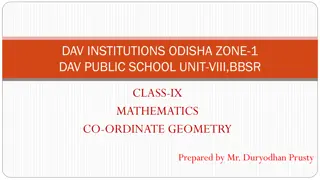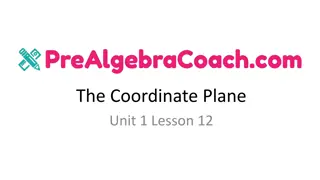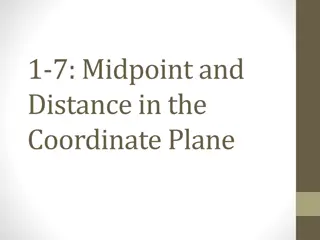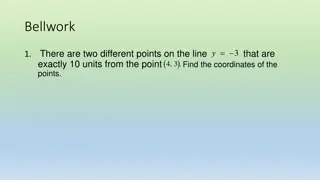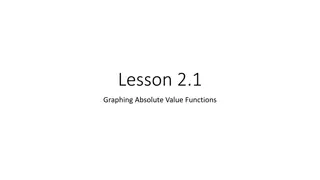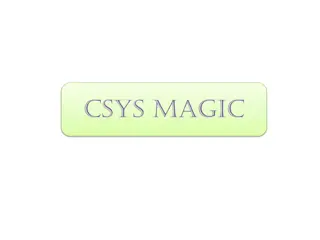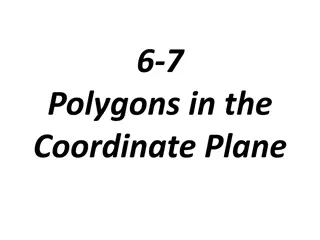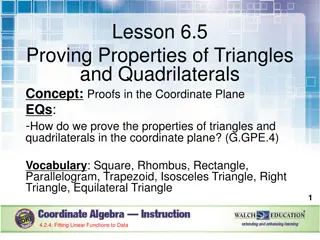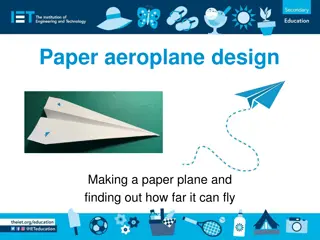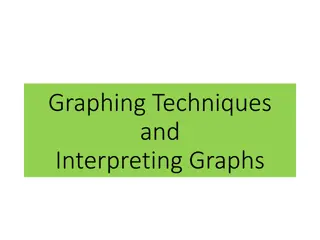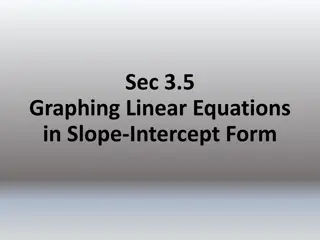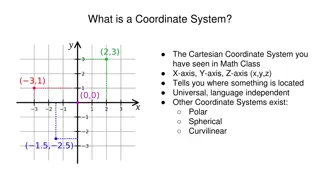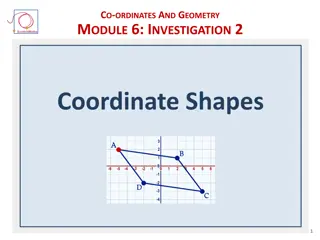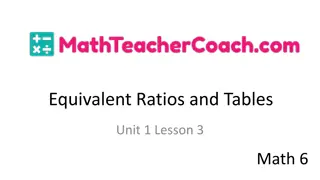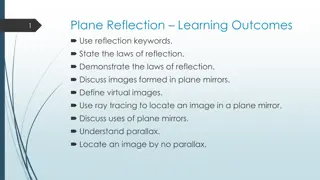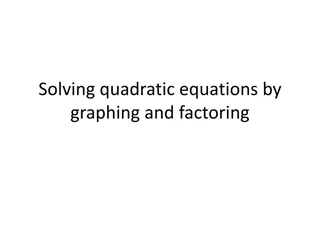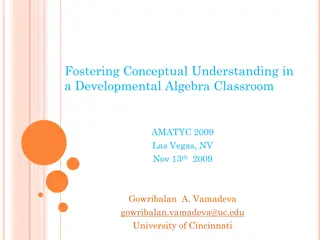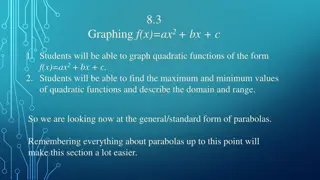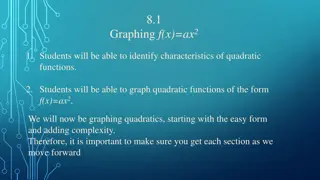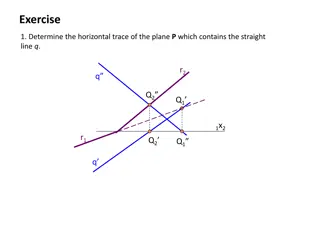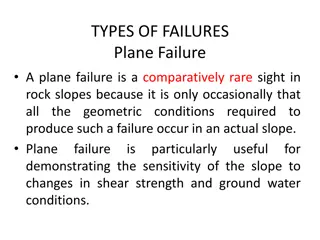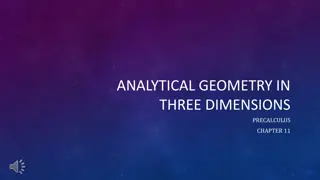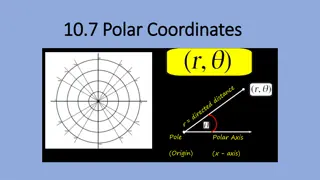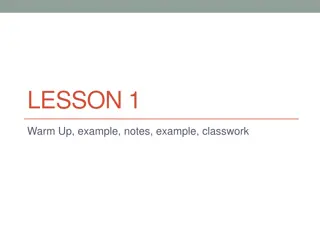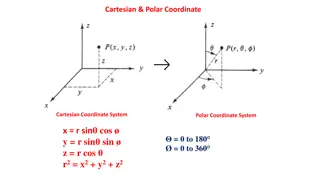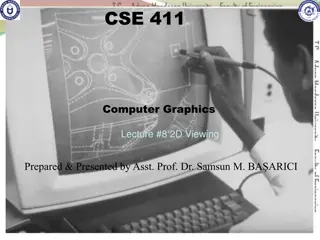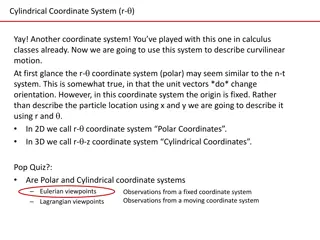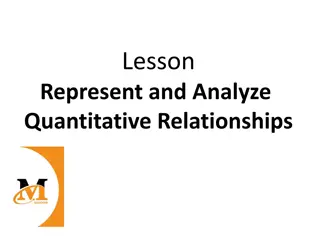Understanding the Coordinate Plane and Graphing Techniques
Explore the basics of the coordinate plane, including quadrants and graphing ordered pairs. Learn how to identify the x and y coordinates, plot points accurately, and graph polygons in the coordinate plane. Enhance your understanding of geometry and spatial reasoning through practical examples and visual aids.
Download Presentation

Please find below an Image/Link to download the presentation.
The content on the website is provided AS IS for your information and personal use only. It may not be sold, licensed, or shared on other websites without obtaining consent from the author. Download presentation by click this link. If you encounter any issues during the download, it is possible that the publisher has removed the file from their server.
E N D
Presentation Transcript
The contents of this content module were developed by special educator Bethany Smith, PhD and validated by content expert Drew Polly, PhD at University of North Carolina at Charlotte under a grant from the Department of Education (PR/Award #: H373X100002, Project Officer, Susan.Weigert@Ed.gov). However, the contents do not necessarily represent the policy of the Department of Education and no assumption of endorsement by the Federal government should be made
What is the coordinate plane The coordinate plane is formed when two number lines intersect at zero The point where they intersect is called the origin x axis origin y axis The contents of this content module were developed by special educator Bethany Smith, PhD and validated by content expert Drew Polly, PhD at University of North Carolina at Charlotte under a grant from the Department of Education (PR/Award #: H373X100002, Project Officer, Susan.Weigert@Ed.gov). However, the contents do not necessarily represent the policy of the Department of Education and no assumption of endorsement by the Federal government should be made
Quadrants within the coordinate plane 10 8 Helpful Hints: If you have a student still working on number identification, have them identify numbers using the coordinate plane including negative numbers 6 4 Quadrant I 2 Quadrant II -8 -6 -4 -2 2 4 6 8 10 -10 -2 Quadrant IV Quadrant III -4 -6 The contents of this content module were developed by special educator Bethany Smith, PhDand validated by content expert Drew Polly, PhD at University of North Carolina at Charlotte under a grant from the Department of Education (PR/Award #: H373X100002, Project Officer, Susan.Weigert@Ed.gov). However, the contents do not necessarily represent the policy of the Department of Education and no assumption of endorsement by the Federal government should be made -8 -10
Graphing ordered pairs 10 The first number of the ordered pair is the x-coordinate 8 The second number of the ordered pair is the y-coordinate 6 x coordinate . (4,4) 4 y coordinate 2 -8 . -6 -4 -2 2 4 6 8 10 -10 -2 (-8,-3) -4 -6 The contents of this content module were developed by Bethany Smith at University of North Carolina at Charlotte under a grant from the Department of Education (PR/Award #: H373X100002, Project Officer, Susan.Weigert@Ed.gov). However, the contents do not necessarily represent the policy of the Department of Education and no assumption of endorsement by the Federal government should be made -8 -10
Graphing polygons in the coordinate plane To graph a triangle: 1.Provide students with 3 ordered pairs Ex: (2, 6) (2,3) (7,3) 2. Plot all three points 3. Connect the points using line segments The contents of this content module were developed by special educator Bethany Smith, PhDand validated by content expert Drew Polly, PhD at University of North Carolina at Charlotte under a grant from the Department of Education (PR/Award #: H373X100002, Project Officer, Susan.Weigert@Ed.gov). However, the contents do not necessarily represent the policy of the Department of Education and no assumption of endorsement by the Federal government should be made
Ideas for application If your classroom has floor tiles, use tape to make the x and y axis creating your own coordinate plane on the floor. Then ask students to find ordered pairs using their own body as the point Allow students to play the game Battleship with a peer. The game requires students to try and hit an opponents ship by calling out coordinates similar to ordered pairs. The contents of this content module were developed by special educator Bethany Smith, PhDand validated by content expert Drew Polly, PhD at University of North Carolina at Charlotte under a grant from the Department of Education (PR/Award #: H373X100002, Project Officer, Susan.Weigert@Ed.gov). However, the contents do not necessarily represent the policy of the Department of Education and no assumption of endorsement by the Federal government should be made
Ideas for increasing the difficulty Provide students two ordered pairs and require students to graph those coordinates on the coordinate plane Provide or tell the student what kind of polygon you want and require the student to identify another point that would complete the polygon For example, point A (2,6,) and point B (2,3). To make a triangle, what could be the coordinates for point C?
Making connections Graphing figures on the coordinate plane addressed the following 5th and 6th grade Core Content Connectors 5.GM.1c1 Locate the x and y axis on a graph 5.GM.1c2 Locate points on a graph 5.GM.1c3 Use ordered pairs to graph given points 6.GM.c4 Locate points on a graph 6.GM.1c5 Use ordered pairs to graph given points 6.GM.1c6 Find coordinate values of points in the context of a situation 6.GM.1c7 Use coordinate points to draw polygons 6.NO.1d5 find given points between -10 and 10 on both axis of a coordinate plane 6.NO.1d6 Label points between -10 and 10 on both axis of coordinate plane The contents of this content module were developed by special educator Bethany Smith, PhDand validated by content expert Drew Polly, PhD at University of North Carolina at Charlotte under a grant from the Department of Education (PR/Award #: H373X100002, Project Officer, Susan.Weigert@Ed.gov). However, the contents do not necessarily represent the policy of the Department of Education and no assumption of endorsement by the Federal government should be made


